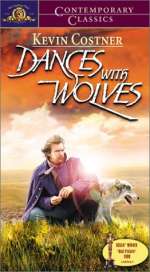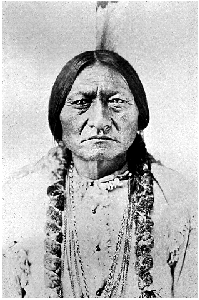Armando José Prats has written an excellent film critique, Invisible Natives: Myth & Identity in the American Western. In this book he dissects the movie western and how it pertains to Native representation in western movies. Reading it I saw a connection to both the power of controlling such images and the taking of that power gradually through the “stealing” of a Native American identity, prevalent in many westerns, most glaringly in Dances with Wolves.



5 comments:
I don't what you're talking about writer fella, it was well written and coherent.
Anonymouse
I'll take a middle position between these two views. Author Whiteman was trying to link the shortcomings in mainstream movies about Natives to his own journey as a filmmaker. He could've done it more concisely, but he eventually connected the dots.
Here's roughly how he did it:
"Dances with Wolves...rode the crest of what was termed the New Age movement."
"During the New Age movement, the same could be said about Native American cultures....Once again, the voice was de-powered."
"And so continues the de-powering of the Native voice by continuing to represent them in movies as the Old Times Indians in the beads and feathers and buckskins."
"It must be up to Native movie-makers, artists, and performers to take control of these images."
I think Whiteman was talking primarily about making independent films rather than bowing to studio dictates. He alluded to his filmmaking experience in this article and he'll probably discuss it more in parts 3-5 of this series.
I'd probably be one of those difficult types if I tried to make a movie (or a comic book) under a company's control. That's why I prefer to do things on my own.
Whiteman wrote, "Years of working in the industry making me jaded, embittered?" which says he has years of experience. He also talked about his work in film school, which is experience even if it isn't professional experience.
If you're talking about creating a film and seeing it through to completion, that's different from "filmmaking experience of any kind." Try to be more precise with your comments.
Keep reading Whiteman's articles and maybe you'll find out about his experience.
Incidentally, I have no filmmaking experience, but I can take apart a script and put it together again better than most of the people in the industry. Really, filmmakers should be begging me for my notes on their projects. ;-)
Post a Comment